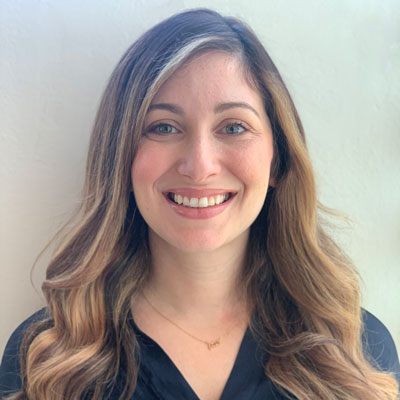HCA Memorial Satilla Health TeleStroke Case Study
ABOUT
This hospital is a 231-bed acute care medical facility in Waycross, Georgia.
THE PROBLEM
Inconsistency and variation in the stroke alert process led to thrombolytic administration delays and Door-to-Needle (DTN) times greater than the 45-minute American Stroke Association goal.
THE SOLUTION
In 2020, Memorial Satilla hired a full-time stroke coordinator to maintain focus on stroke education to nursing staff, reinstitute stroke committee meetings, and follow up on outlier DTN cases greater than 45 minutes.
The new stroke coordinator collaborated with their TeleSpecialists Quality Program Specialist to conduct a comprehensive review of the current stroke process. Memorial Satilla’s team was eager to provide the best stroke care to their patients and were willing to implement American Stroke Association and TeleSpecialists best practices and guidelines to improve DTN times.
The changes implemented included:
- Consistent review and improvement on stroke alert pre-activation on EMS arrivals serviced by TeleSpecialists TeleNeurologists
- Updated the CTA rule out dissection order priority to STAT to ensure rapid reads for prompt thrombolytics treatment on negative candidates
- Updated the policy for ED triage to include medical personnel (RN/Medic)
- Frequent mock stroke alerts to educate new and existing staff on the stroke alert process
- Implemented the TeleSpecialists buzzword stroke tool for triage to assist in early identification stroke symptomology with immediate TeleSpecialists activation
- Hands on thrombolytics mixing education with ED nursing staff
Created stroke kits with blood pressure medication for early treatment of hypertension - Provided thrombolytics dosing card resource to nursing staff














